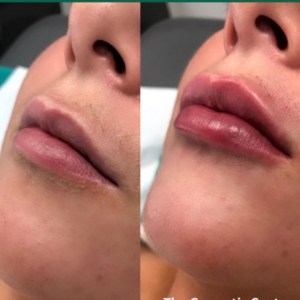Many people get acne, usually in their teen years, and many people get scars by bursting the pimples caused by acne. Acne scars are a very irritating thing to live with and until recently were a permanent skin problem. Luckily with the advancements made in medical science this is no longer the case.
The top 4 ways to get rid of acne scars are each a little different from each other because different levels of acne require different methods. So whether your scarring is only slight or is extremely noticeable one of these treatments should definitely work for you.
1. Microdermabrasion
Microdermabrasion is a very useful, non-invasive skin care procedure. The top layer of skin is removed with an exfoliating device allowing new skin cells to come to the surface. This treatment is good for minor acne scarring and other minor skin problems, or just to keep your skin nice and healthy looking.
2. Collagen Injections
For more noticeable acne scars, collagen injections may be a good idea. The procedure is exactly what it sounds like, collagen is injected into the scars with a syringe and fills the areas, eliminating any signs of damaged tissue.
There is a little pain involved with collagen injections, but it should only last about 10-20 minutes. Getting the injections also takes only a short amount of time so it can be done easily during the day, leaving you with a nice, clear complexion.
3. Chemical Peels
Chemical peels are more commonly used for sun damage and other skin problems, but also work with acne. Chemical peels go where Microdermabrasion can’t, peeling off several layers of skin rather than just one. This allows them to get to the layers of skin where the roots of the scars are and erase them.
This method is a good one for bad scars because it is fast and easy, suited to both men and women and can be modified to fit your specific skin needs.
4. Laser Resurfacing
This method should only be used as a last resort because it is painful and takes time. Laser resurfacing gets rid of the most extreme acne scars by using a laser to remove the bad tissue and let new skin grow in it’s place. Do your research and consult your doctor before considering this procedure.
With these methods, now you and anyone else can have clear, scar-free and healthy skin.

 upper and lower lip may be treated at the same time or one may be treated alone. On the majority of sites where patients can discuss their cosmetic procedures only 50% of the women who have had lip augmentation were happy with the results. It is a simple procedure that can have great benefits, so why do so many people regret having it?
upper and lower lip may be treated at the same time or one may be treated alone. On the majority of sites where patients can discuss their cosmetic procedures only 50% of the women who have had lip augmentation were happy with the results. It is a simple procedure that can have great benefits, so why do so many people regret having it?








